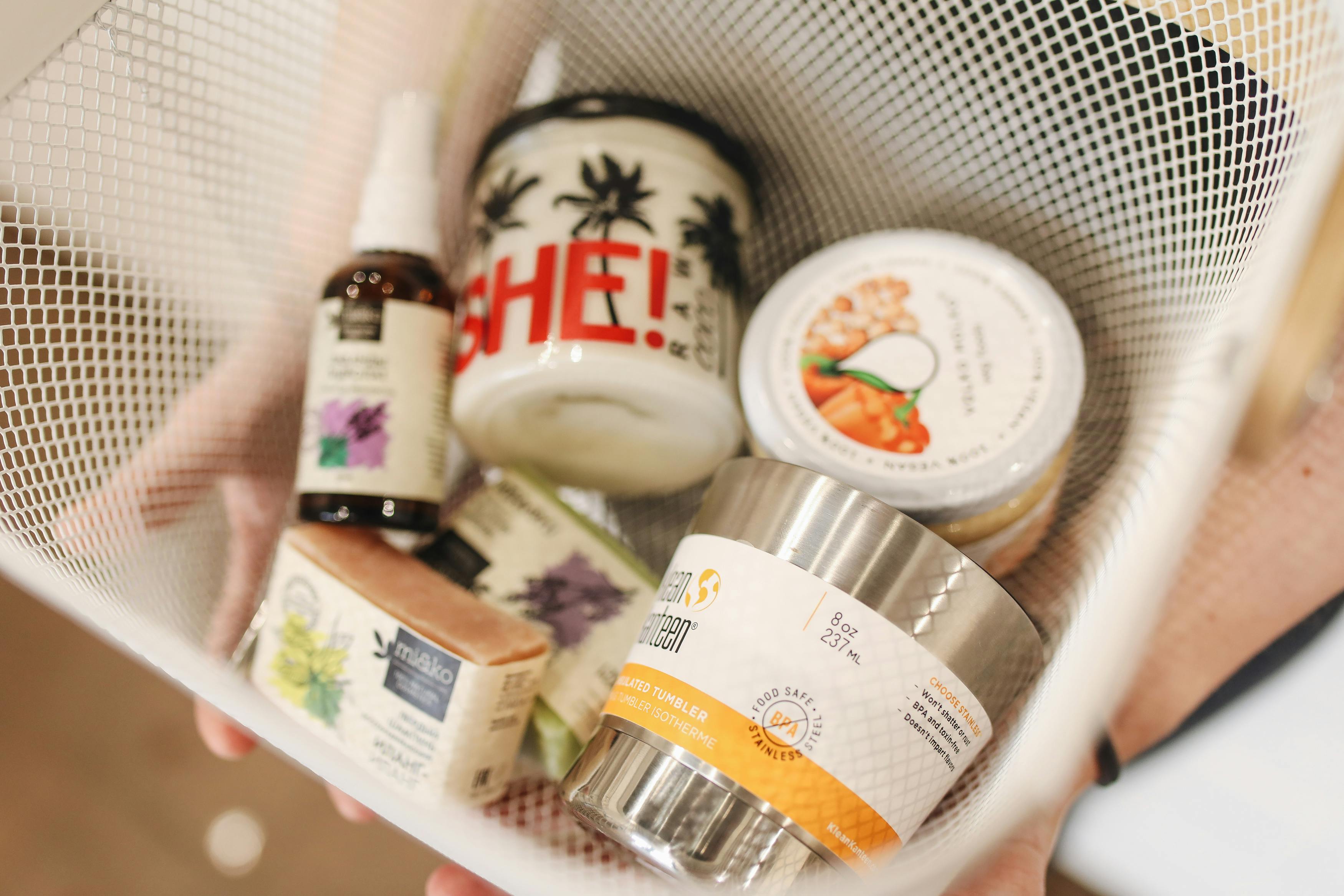Basic principles and practice of dress fitting
If you have cut and marked your material correctly, you are now ready to proceed with finishing your dress and then do your first fitting.
Baste or pin on all darts, folds, and any other interior design that forms detail of shape.
Sew all curved and bias edges secure to prevent the material from stretching and warping. Remember to handle your material lightly at all times.
Pin or baste the shoulder and side seams of the bodice. Baste the sleeve seams and set aside. Pin or baste the seams of the skirt.
THE FIRST ADJUSTMENT
Drape the bodice over the dress form or fit figure. Make any necessary changes to the fit of the garment by removing the original pins or basting as you go and replacing them in the appropriate places.
These changes can be made to construction seams, or to darts or other conformal seams. Don’t make the mistake of getting too tight – remember to leave room for action.
When you are satisfied with the fit of this part of your costume, place the skirt over your shape, lower the seam allowance at the waist, and attach it to the bodice at the waist by matching the side seams, center front, and center back. back, and other inherent marks. to your design. Make the appropriate modifications in the same way that you followed when adjusting the bodice.
CHECK IN YOUR MERCHANDISE RIGHT. MAKE SURE THIS AT THE FRONT CENTER AND REAR CENTER IS EXACTLY PERPENDICULAR (RIGHT ANGLE) TO THE FLOOR. THIS IS VERY IMPORTANT IF YOU EXPECT YOUR GARMENT TO HANG OR HANG PROPERLY.
When your design requires a bias cut pattern, the exact line of the true bias should be perpendicular to the floor in the same way, either down the center of the front and back, or down the center of the design, such as the center of each edge. gold cube
Mark any changes you’ve made with chalk. Remove the garment from the form and take the next step to the finish line. Before you remove any pins, make sure you have marked all seam allowances and any changes.
Separate the skirt from the bodice and undo the side and shoulder seams, BUT DO NOT DESTROY OR REMOVE ANY OF YOUR MARKINGS!
Start by sewing all of your darts and internal design lines.
Don’t forget to press as you go.
PRESS EACH DART, SEAM OR SEAM LINE BEFORE ATTACHING ANY CROSS SEAM OR ASSEMBLY.
Press the darts from the widest part towards the tip. Use your press glove or your tailor’s ham. Press waist and shoulder darts toward center of garment; and the bust line or the sleeve darts down. When working with very heavy material or very wide darts, trim the dart approximately 1″ from the seam line and press open, leaving a triangular fold at the dart tip.
On snap seams, snap them open first, then in the desired direction; or leave them open if that is your intention as a designer. When one edge of the seam needs to be softened to match the length of the opposite edge, such as the top edges of sleeves or volume over the bust, for a neat shape, gather the volume with a small stitch to the desired length. and the steam contracts into shape by pressing on a curved surface like a tailor’s ham.
ALWAYS PRESS THE BIAS SECTION WITH THE GRAIN OF THE MATERIAL TO PREVENT IT FROM STRETCHING.
ADVICE FROM A PROFESSIONAL STYLER
It’s time for a second dress fitting.
Complete the bodice in all details except for the final finish. Sew interfacing if necessary to use it to maintain and reinforce the shape of your design.
Sew liners where needed.
If your design requires a collar, baste it.
Fixed on your sleeves and base.
Do another test to check the neck and sleeves. Do the sleeves fall correctly? – Is there sufficient ease for movement? – Does the collar lay flat or does it roll up like you planned? Measure the length of the sleeves. Check the necessary changes.
Now finish the bodice completely.
Remember to press each seam before sewing a cross seam.
Now you are ready for a fourth dress test. Then your dress will be complete.
